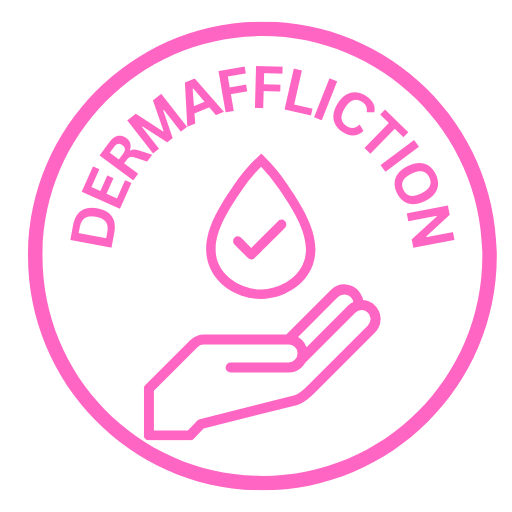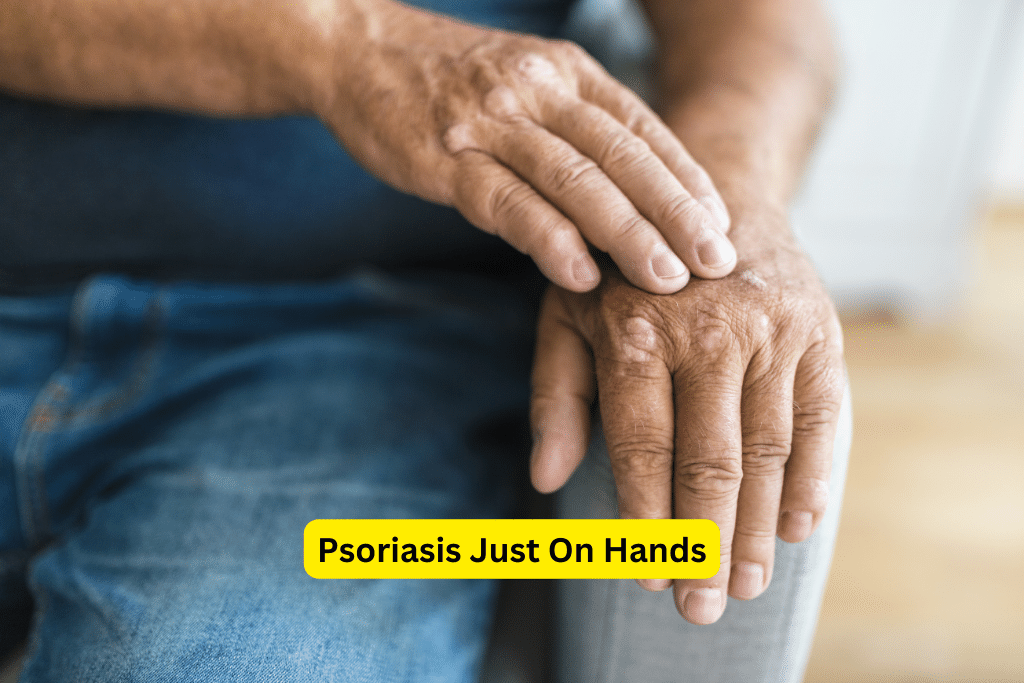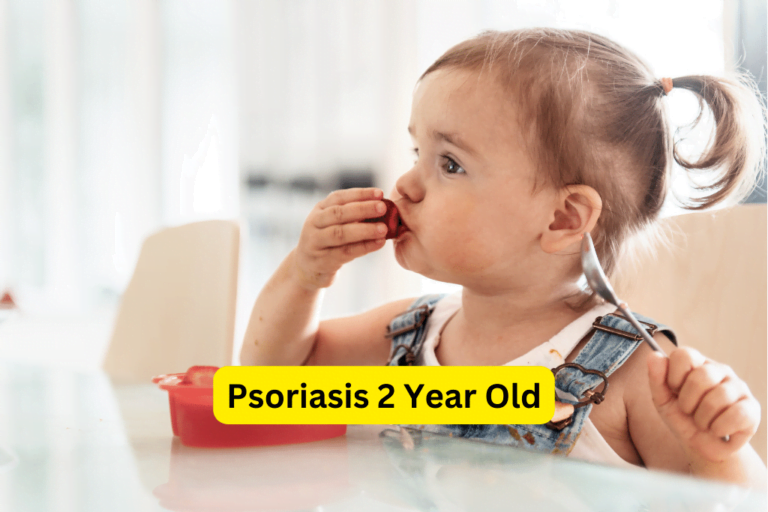Manage and Treat Psoriasis on Hands for Clearer, Healthier Skin
Psoriasis Just On Hands
Psoriasis is a chronic autoimmune disease that affects the skin, causing red, scaly patches known as plaques. While it can occur on various parts of the body, including the scalp, elbows, and knees, psoriasis on the hands can be particularly challenging. It can affect a person’s ability to perform simple tasks, cause discomfort and itching, and even impact their self-esteem and mental well-being. In this article, we will delve into the causes, symptoms, and treatment options for psoriasis specifically on the hands.
Causes of Psoriasis on Hands
Psoriasis is believed to have a genetic component, meaning it can run in families. Certain genes are thought to play a role in its development. However, genetic factors alone do not determine whether or not someone will develop psoriasis. It is also influenced by the immune system, which can become dysfunctional in individuals with psoriasis. This immune system dysfunction leads to an overproduction of skin cells, resulting in the characteristic plaques seen in psoriasis.
Additionally, there are certain triggers that can cause flare-ups of hand psoriasis. These triggers may vary from person to person, but common ones include stress, infections, dry skin, certain medications, and exposure to cold temperatures or dry air.
Symptoms of Psoriasis on Hands
The most notable symptom of psoriasis on the hands is the presence of red, scaly patches. These patches can be itchy, and they may cause discomfort and pain, especially when the skin cracks or bleeds. In some cases, nail changes can also occur, such as pitting, discoloration, and thickening of the nails.
Diagnosing Psoriasis on Hands
If you suspect you have psoriasis on your hands, it is important to consult a healthcare provider for a proper diagnosis. They will likely start by taking a detailed medical history and performing a physical examination of your hands. In some cases, a skin biopsy may be necessary to confirm the diagnosis.
Treatment Options for Psoriasis on Hands
There are several treatment options available for managing psoriasis on the hands. The choice of treatment will depend on the severity of the condition and the individual’s preferences.
Topical medications are often the first line of treatment and can include corticosteroids, vitamin D analogues, and retinoids. These medications help reduce inflammation and suppress the immune system response in the affected area.
Phototherapy and light therapy can also be effective in treating hand psoriasis. This involves exposing the affected skin to ultraviolet light, either natural sunlight or artificial light.
In more severe cases, systemic medications may be prescribed. These medications work throughout the body to suppress the immune system and reduce inflammation. Examples include methotrexate, cyclosporine, and biologic therapies such as TNF-alpha inhibitors and interleukin inhibitors.
Home Remedies and Lifestyle Changes
While medical treatments are essential for managing psoriasis on the hands, there are also home remedies and lifestyle changes that can help alleviate symptoms and prevent flare-ups. Moisturizing the hands regularly with a gentle, fragrance-free moisturizer can help soothe dry and cracked skin. It is also important to identify and avoid triggers and irritants that worsen the condition. Using gloves when performing tasks that may irritate the skin can also provide protection.
Coping with Psoriasis on Hands
Dealing with psoriasis on the hands not only brings physical challenges but also takes a toll on a person’s emotional well-being. It is essential to seek support from support groups or therapy to cope with the psychological impact of hand psoriasis. Developing stress management techniques and finding healthy ways to relax and unwind can also help improve overall well-being.
Preventing Psoriasis Flare-Ups on Hands
While psoriasis cannot be entirely prevented, certain measures can help reduce the frequency and severity of flare-ups on the hands. Understanding triggers and avoiding them is key. It is also crucial to maintain a healthy lifestyle that includes regular exercise, a balanced diet, and adequate sleep. Keeping regular follow-ups with a healthcare provider can also help monitor the condition and make any necessary adjustments to the treatment plan.
Conclusion
Psoriasis on the hands can be challenging and impact daily life, but with proper management and treatment, it is possible to achieve clearer and healthier skin. By understanding the causes, recognizing the symptoms, exploring treatment options, and implementing home remedies and lifestyle changes, individuals with psoriasis on their hands can regain control and improve their quality of life.
"Have You Seen Mike Walden's new holistic acne System yet? It's called "Acne No More" I've read the whole thing (all 223 pages) and there's some great information in there about how to naturally and permanently eliminate your acne without drugs, creams or any kind of gimmicks. I highly recommend it - it's very honest and straightforward without all the hype and b.s. you see all over the net these days. Here's the website where you can get more information:
Click Here -->AcneNoMore









